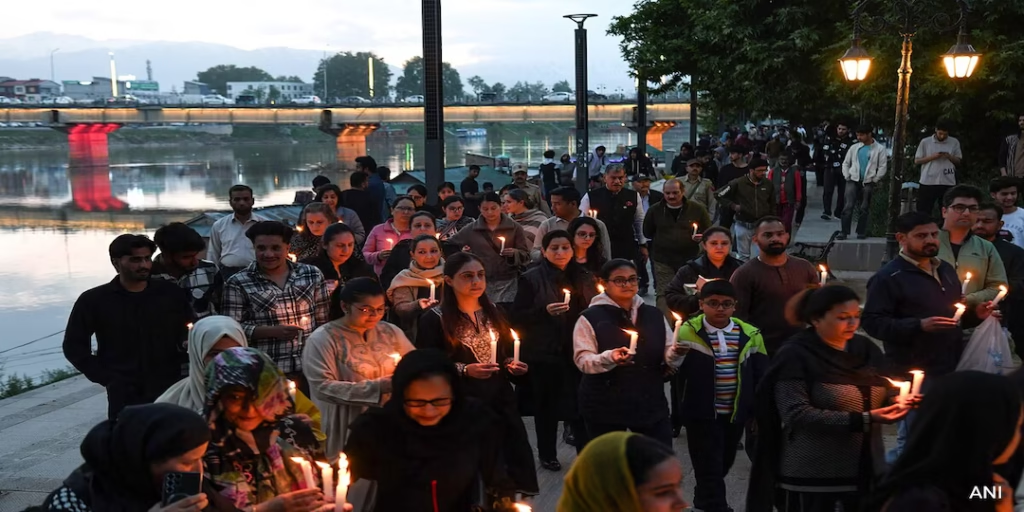Introduction
The recent Pahalgam attack has once again thrust the Kashmir Valley into the spotlight, revealing the fragility of peace in the region. With casualties mounting and security concerns escalating, the Indian government has swiftly responded with diplomatic and political maneuvers designed to restore order and address the underlying unrest. This article explores the unfolding crisis, diplomatic responses, political unity, local reactions, and the broader implications for peace and stability in this sensitive area.
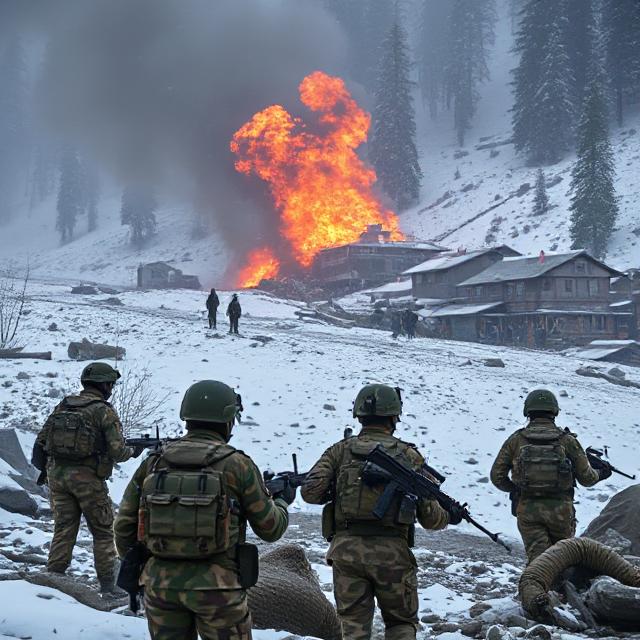
1. Unfolding Crisis: The Pahalgam Attack and its Immediate Fallout
In a tragic turn of events, the Pahalgam attack has jolted the serene tourist town into chaos. Armed militants targeted a convoy, resulting in multiple casualties and injuries. The immediate response from security forces was swift,but the incident has considerably heightened fears across Jammu and Kashmir.
The attack has shattered the fragile calm, prompting an urgent reassessment of the current security protocols. Local infrastructure and emergency services were stretched thin, focusing promptly on rescue and relief efforts. The timing of the attack, amidst increasing political volatility in the region, has intensified its impact.
Key immediate outcomes include increased army patrols, curfews in sensitive areas, and suspension of public transportation services to prevent further disruptions. The government has termed the attack as a grave attempt to destabilize peace and has vowed to bring the perpetrators to justice swiftly.
Impact Table: pahalgam Attack – Immediate Consequences
| Aspect | Effect | Government Response |
|---|---|---|
| Casualties | 10 killed,15 injured | Medical aid & compensation announced |
| Security | increased military presence | Curfews and checkpoints implemented |
| Public sentiment | Heightened fear & anxiety | Interaction campaigns to calm citizens |
2. Diplomatic Moves: India Summons Pakistan Envoy Amid Rising Tensions
India has summoned the Pakistan High Commissioner as tensions soar following the pahalgam attack. This diplomatic move underscores the government’s suspicion of cross-border involvement and serves as a stern warning. The action aims to underline India’s intolerance for external support to terrorism and urge Pakistan to take substantive steps against militant groups operating from its territory.
The summoning is part of a measured but firm diplomatic strategy to maintain pressure without escalating to overt hostility. India expects a credible response from Pakistan to avoid further deterioration of bilateral relations. Foreign ministries on both sides have been engaged in back-channel communications to manage the situation discreetly.
Analysts suggest that while summoning diplomats is a conventional response, india is carefully calibrating its diplomatic signals to balance firmness with openness to dialog, highlighting the complexity of India-Pakistan relations amid violence in kashmir.
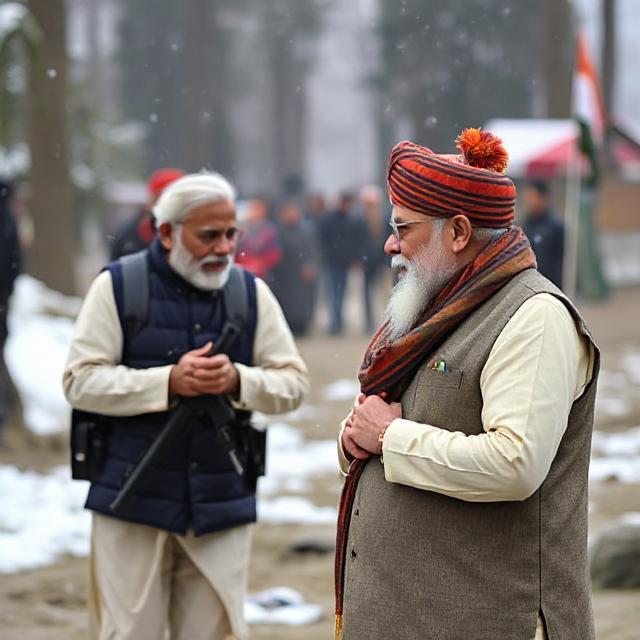
Diplomatic Action Summary
| Action | Description | Expected Outcome |
|---|---|---|
| Summoning Envoy | Official warning to Pakistan | Pakistan to crack down on militants |
| communication | Back-channel talks ongoing | Prevent escalation |
| Public statements | Condemnation of attack | International pressure |
3. Unity in Action: Planning the All-Party meet to Address Security Concerns Pahalgam Attack
Recognizing the gravity of the situation, indian authorities have announced plans to convene an all-party meet involving leaders across the political spectrum. The meeting aims to foster consensus on security strategies and build a unified front against terrorism. This inclusive approach is seen as essential to stabilizing governance and reassuring the public.
The assembly will focus on analyzing intelligence failures, sharing insights, and proposing coordinated responses that can encompass not just immediate law enforcement, but also long-term political solutions. Lawmakers have expressed the need for a balanced approach that coordinates security with socio-political initiatives to address deep-rooted grievances.
Key agenda points include strengthening local policing, improving community engagement, and enhancing inter-agency cooperation. Additionally, the meeting is expected to explore ways to accelerate development projects to create economic opportunities that may reduce the allure of militancy.
All-Party Meet: Proposed Agenda
- Review of security measures in Kashmir
- Strategies to improve intelligence sharing
- Community outreach and trust building initiatives
- Economic development plan integration
- Coordination between central and state agencies
4. Voices from the ground: Local Impact and Community Responses
The people of Pahalgam and surrounding areas are bearing the brunt of renewed violence, with families mourning and communities shaken. Local residents express a mix of grief, fear, and resilience. Many call for enhanced protection but also urge the authorities to engage more deeply with the community to prevent radicalization.
Tourism, a vital part of the local economy, has taken a massive hit. Business owners lament the sharp decline in visitors,warning of economic hardship if the unrest persists. Community leaders have initiated peace marches and interfaith dialogues to promote harmony and counter divisive narratives.
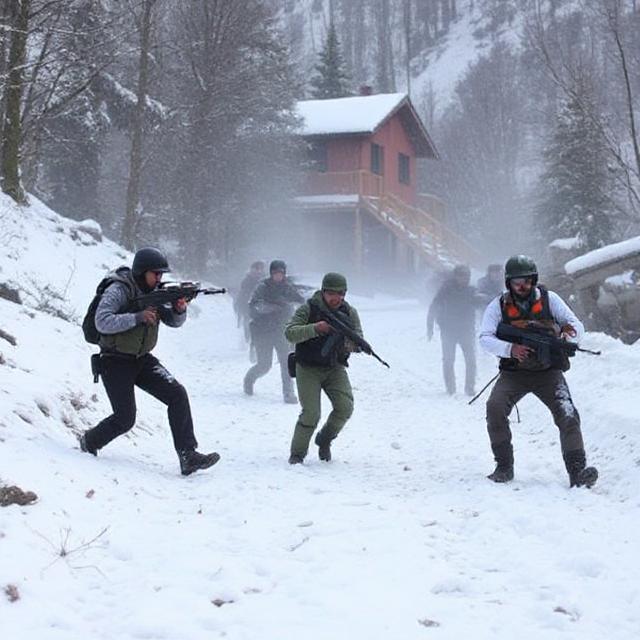
NGOs and local activists have stepped up humanitarian aid efforts and are working alongside government agencies to provide psychological support and rebuild trust. These grassroots initiatives highlight the community’s determination to reclaim peace and normalcy amidst turmoil Pahalgam Attack.
Local Sentiment snapshot
| Group | Primary Concern | Desired Outcome |
|---|---|---|
| Residents | Safety and security | Stable and peaceful environment |
| Business Owners | tourism revival | Economic recovery |
| Activists | Community harmony | Dialogue and reconciliation |
5.Looking Ahead: Navigating Peace and Stability in a Volatile Region
The path ahead for Pahalgam and the greater Kashmir region is fraught with challenges. Authorities emphasize the necessity of combining robust security measures with meaningful political dialogue and economic development. Achieving enduring peace demands a multifaceted framework that prioritizes trust-building between the government and local populations.
international observers note that while immediate security responses are vital, addressing the root causes of conflict—such as unemployment, political disenfranchisement, and cross-border interference—remains indispensable. Regional cooperation, confidence-building measures, and continued diplomatic engagement with Pakistan are critical components of a durable solution.
Experts advocate a long-term vision that integrates education, infrastructure, and peace-building initiatives to break the cycle of violence. The success of such efforts will depend on the political will of all stakeholders and the resilience of the local communities.
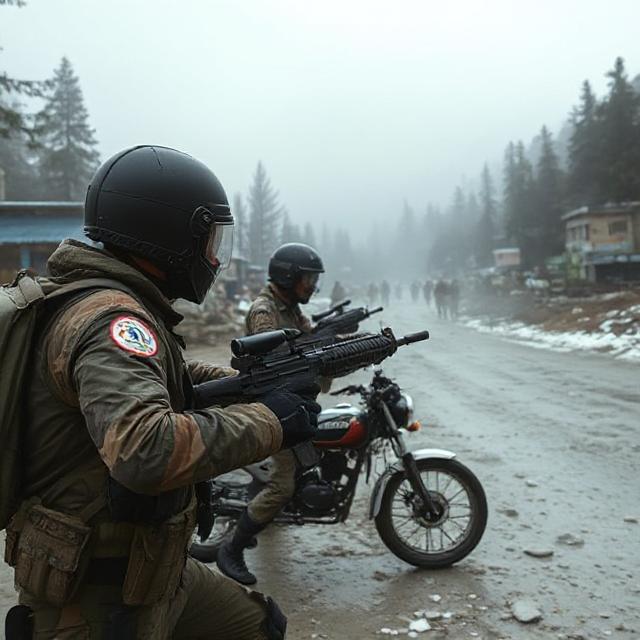
Future Strategy Highlights
- Integrated security and development programs
- Enhanced diplomatic dialogue between India and Pakistan
- Community participation in governance
- Focus on youth education and employment
- Monitoring human rights and rule of law
Conclusion
The Pahalgam attack has underscored the persistent volatility in Jammu and Kashmir, demanding swift yet thoughtful responses. India’s diplomatic moves and political unity efforts reflect a extensive approach to counter the immediate threats while fostering long-term peace. The resilience of local communities and the government’s planned strategies provide a hopeful glimpse toward stability in a region often marked by unrest. Moving forward, sustained cooperation, both within India and with neighboring countries, and also genuine community engagement, will be crucial in turning the page toward a safer and more harmonious future for Pahalgam and Kashmir.

